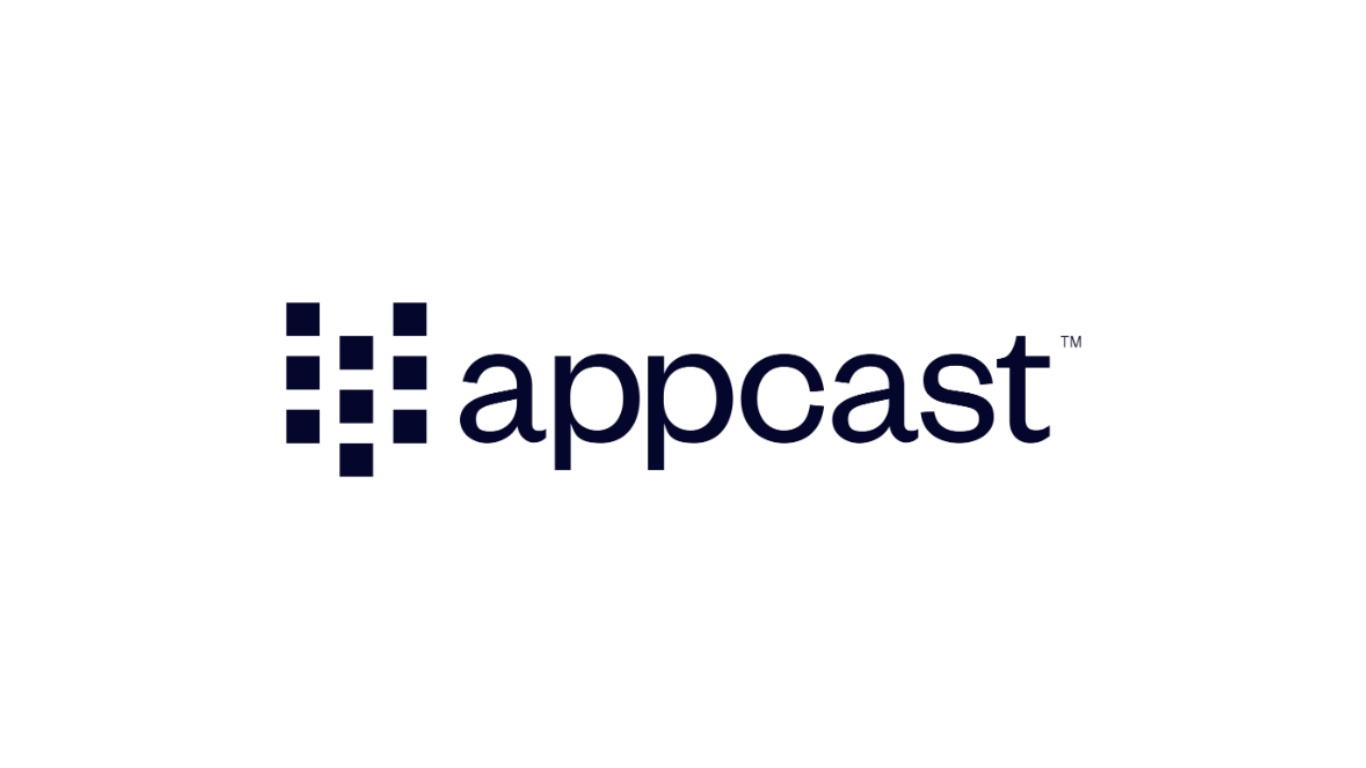The cost of family premiums for employer-sponsored health insurance rose 6% to an average of $26,993 this year. Workers contribute an average of $6,850 annually for family coverage, with employers paying the rest, according to the latest benchmark health benefits survey from KFF.
The 2025 increase, which is similar to the 7% hikes in each of the two previous years, continues a steady trend of outpacing the inflation rate. Over the past five years, the cumulative increase in family premiums (26%) and in what workers contribute (23%) is similar to inflation (23.5%) and wage growth (28.6%).
“There is a quiet alarm bell going off,” said Drew Allman, president and CEO of KFF. “With GLP-1s, increases in hospital prices, tariffs and other factors, we expect employer premiums to rise more sharply next year.”
See also: ACA subsidies expiration will cause 114% average premium increase in 2026
Many employers may be bracing for higher costs in 2026, with insurers requesting double-digit increases in small-group and individual markets, possibly foreshadowing big increases in the large-group markets as well. Employers continue to single out drug prices as a factor contributing to higher premiums in recent years.
Among large firms (at least 200 workers), which are more likely to know details of their health insurance costs, more than one-third say prescription drug prices contributed “a great deal” to higher premiums in recent years. Significant shares say the same about coverage for new prescription drugs (22%) as well as the prevalence of chronic disease (30%), higher utilization of services (26%) and hospital prices (22%).
Around 20% of large firms say they cover GLP-1 drugs
About 1 in 5 large firms offering health benefits say they cover costly GLP-1 drugs for weight loss in 2025. Fifty-seven percent report not covering such drugs for weight loss, while about a quarter are unsure if their largest plan covers them. Among the largest firms (those with at least 5,000 workers), 43% now say they cover GLP-1 drugs for weight loss in their largest plan, up from 28% in 2024.
About one-third of large firms offering these drugs for weight loss require that enrollees meet with a dietician, therapist or other professional, or participate in a lifestyle program for the drugs to be covered. Even with such restrictions, the high cost of these drugs worries many employers. Six in 10 of the largest employers offering the drugs for weight loss say their cost has exceeded expectations, and two-thirds say they had a “significant” impact on their health plan’s prescription drug spending.
“Employers have nothing new in their arsenal that can address most of the drivers of their cost increases,” Allman said, “and that could well result in an increase in deductibles and other forms of employee cost sharing again, a strategy that neither employers nor employees like but companies resort to in a pinch to hold down premium increases.”





















